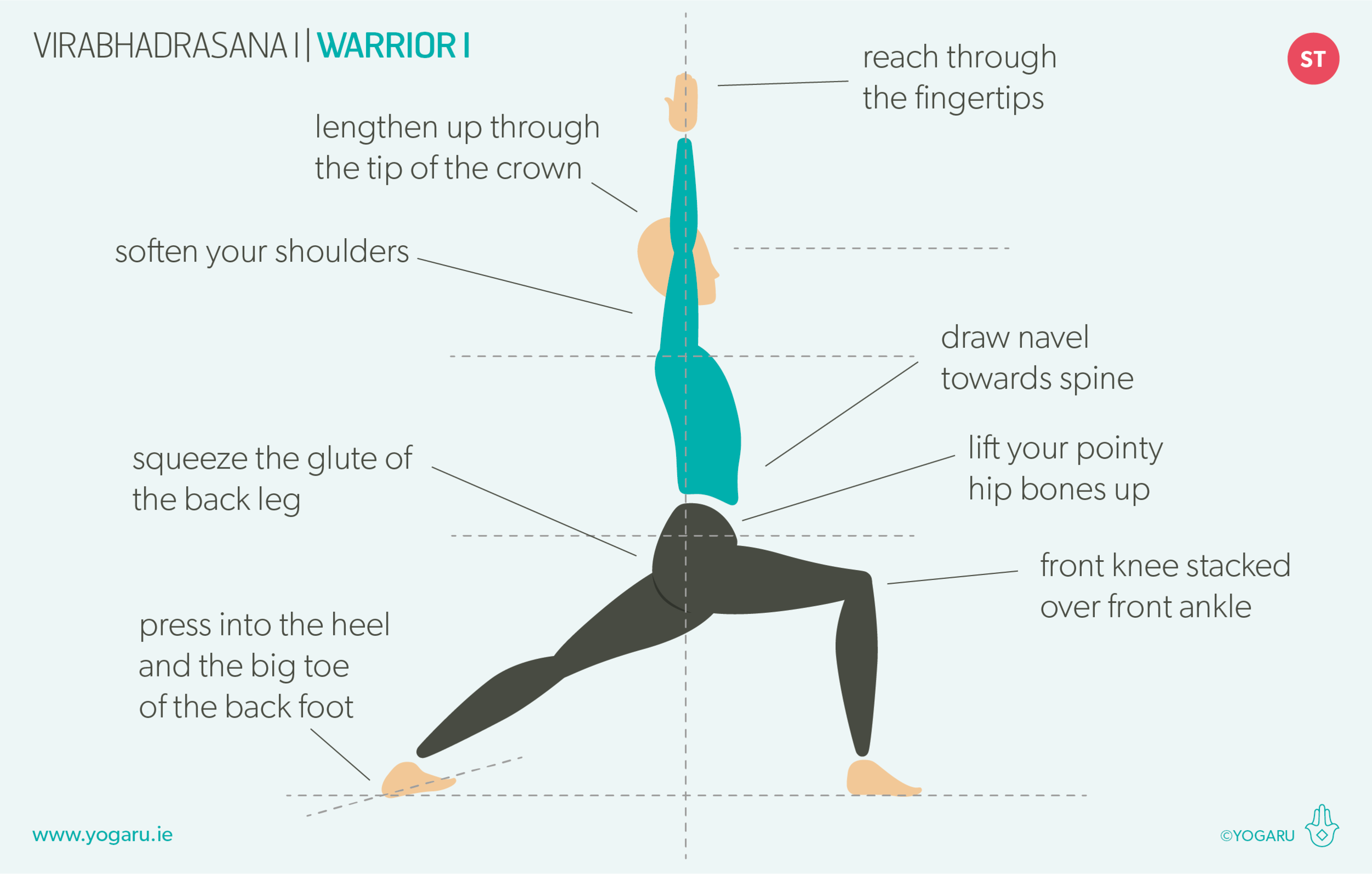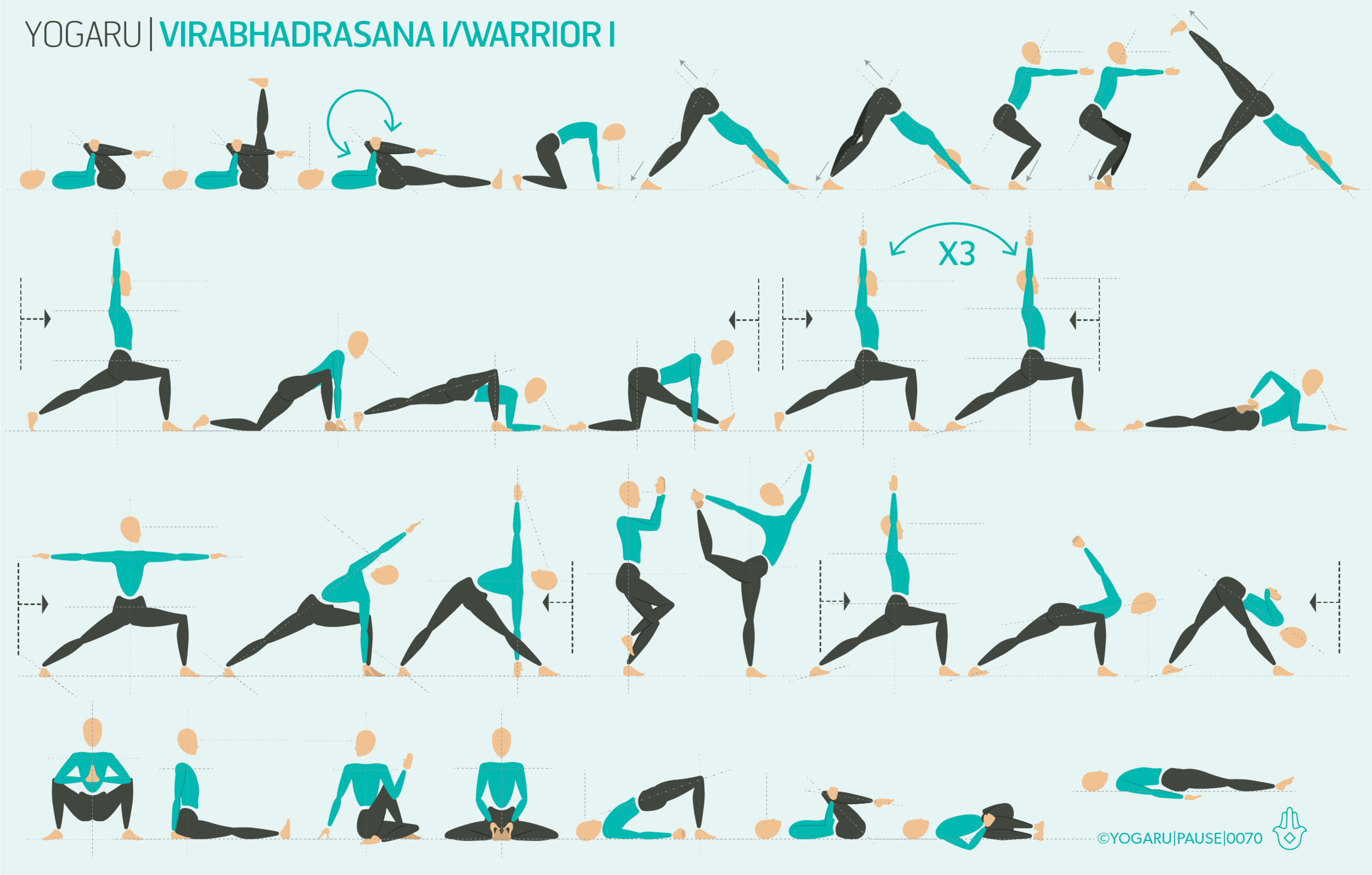IN THE HERE AND NOW
Staying present is a topic we're all very familiar with. Being present in this very moment, in this minute, in this hour, in this day, in this week, in this month, and even in this season, can often be the most challenging aspect to yoga, meditation and life! As the summer draws to an end I feel myself drifting into anxious anticipation of September mayhem. I’m finding it hard to stay in the here and now and appreciate the last few weeks of warmer weather and longer days.
EXPLORING STAYING PRESENT IN YOUR PRACTICE
In our time on the mat we are faced with the same challenge of staying present and not getting lost in endless ‘to do’ lists. Through our practice we can take up this challenge and cultivate a presence that will help us off the mat too. Staying close to the breath is the ultimate tool for finding the here and now. There is no future or past breath – just the present breath. By linking the breath with movement, in a series of mini flows, this sequence brings you close to your breath. You’ll also notice you become very present in your practice when you pause in some of the poses that challenge you – standing poses that activate the large muscles of the legs, or seated poses which test your patience for your perceived level of flexibility. Take a few extra breaths in your not so favourite pose and see where your mind is. Loosen your attachment to what you think the external pose 'should' look like and concentrate on lengthening out your breath, pause, and find small shifts in your relationship to these poses.
SAVASANA ALIGNMENT CUES
Successfully staying present on your mat is a much more intense practice – physically and mentally. Reward yourself with a nice long Savasana and run through some of these alignment cues as you relax:
In Savasana place your hands under your lower back and slice your buttocks flesh away from you to soften into the lower back.
Melt your shoulders away to the floor and tuck your chin slightly to lengthen the back of the neck.
Release any tension in your jaw, part your lips part slightly and let your eyeballs become heavy into the back of your head.
Imagine skin on your forehead becoming as smooth as silk and the space between you temples become broad and spacious.
As the back of your head become heavy into the ground, let your whole body become heavy and supported between the ground underneath you and gravity.
To save the images for personal use click and hold down the image until the ‘save image’ option appears; on Mac hold down ‘control’ and click the image to get the option box; on PC right click on the image to get the option box. Scroll down in the ‘option box’ and click ‘save image’.
Ruth Delahunty Yogaru





